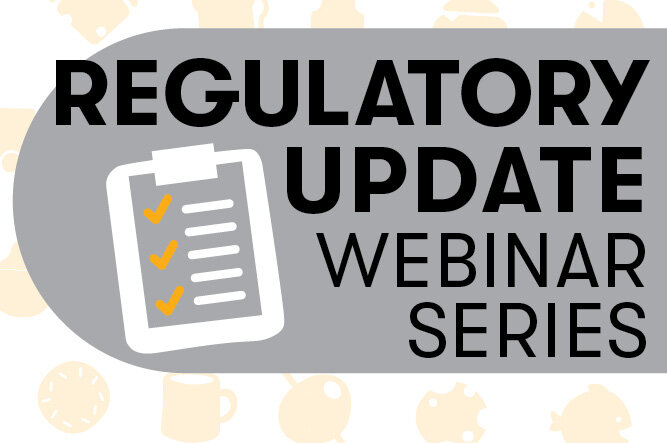During the SFA Regulatory Update webinar: Remote and Virtual Audits and Inspections for FDA Compliance, attorney Jeni Lamb Rogers laid forth the following takeaways related to trends and best practices in the industry.
• As a result of the COVID-19 pandemic, onsite audits to review quality control at contract manufacturers and in-person inspections by the FDA have become far more complicated, with industry and FDA adopting remote, virtual, and hybrid approaches to assess regulatory compliance, Rogers said.
• According to the Food Safety Modernization Act, food facilities must be inspected at least once every five years, or every three years for high-risk facilities. However, Roger mentioned this has now been limited to Mission Critical Inspections and the FDA is not performing any foreign facility inspections.
• To deal with the backlog of routine regulatory inspections, Rogers explained the emergence of three alternative tools:
Records Request – This type of request is made via email and sent to the Registered Agent (foreign facility) with the subject Line: FDA Request for Records, and includes an itemized list of what the requesting office would like to see (ex: Facilities and Equipment, Hazard Analysis, Food Safety Plan, etc.). You must respond electronically within 1-4 weeks. Failure to do so may result in the FDA deeming your products adulterated, said Rogers.
Remote Interactive Evaluation – Although not typically used for food products, Rogers explained that this may be used for surveillance inspections for Current Good Manufacturing Practices compliance. She said it is important to note that a Remote Interactive Evaluation is not an inspection, but it’s used for the FDA to monitor risk. If you are a small manufacturer, the chance of receiving one is low, she said. FDA would reach out to schedule an initial virtual meeting using its own software, along with an interactive evaluation and closeout meeting.
Remote Regulatory Assessment – This is a voluntary inspection for human food facilities selected by the FDA for companies with good histories, said Rogers. The objective is to provide oversight with reduced future onsite inspection time, but it’s not a substitute for an inspection. Remote Regulatory Assessments mirror the RIE request in terms of communication.
• Use remote techniques as models for supplier qualification because supply chain controls, including onsite audits of suppliers for SACODHA (Serious Adverse Health Consequence or Death to Humans or Animals) hazards are still a critical preventive control, stated Rogers. She said that many facilities continue to limit visits due to COVID-19, so RR, RIE, RRA are models for how you can still make sure you are auditing suppliers.
You can learn more by viewing the webinar recording here.
Disclaimer: This presentation is designed to provide general information on pertinent legal topics, and the statements are made for educational advice. They do not constitute legal advice, and do not represent the views of BRANDED, or any of its attorneys, other than Jeni Lamb Rogers.
Related: SFA Covers Regulatory Issues in New Webinar Series; Is Food Purchased Online Safe?

